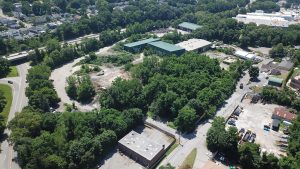Toxic tar from 20th century gas lighting subject of waterfront cleanup
Superfund cleanup project will run through July.
November 18, 2021
While global leaders in Glasgow last week haggled over restrictions on fossil fuels as a way to slow a rise in the earth’s temperature, Peekskill was dealing with the remnants from the era when gas was manufactured here by burning coal. The Manufactured Gas Plant left approximately 2,800 cubic yards of contaminated soil on North Water Street that is now being remediated by Con Edison through the state’s Superfund Cleanup Program.
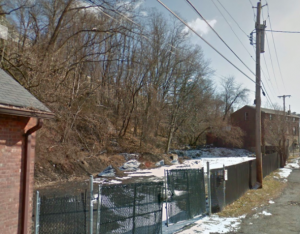
The project is expected to take nine months and includes the closing of a city-owned parking lot at Water and Main streets, removal of a dozen trees on the site along with major traffic and quality of life disruptions from construction vehicles entering and exiting the work area. This cleanup impacts residents and employees of the Jan Peek House on North Water Street, residents of lower Main Street, patrons of the Sunset House bar and members of the Be First Boxing gym at the end of North Water Street – along with anyone who is heading to Annsville Preserve Park from North Water Street.
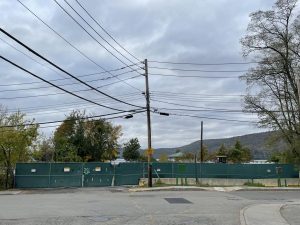
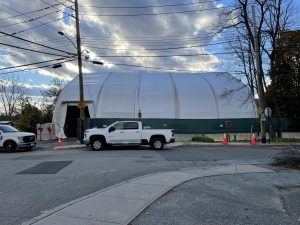
The manufactured gas plant (MGP) operated from 1899 through 1931 and involved burning coal and/or petroleum, producing a flammable gas mixture. Once cooled and purified, the gas was distributed through a local pipeline network. The gas was used for heating and cooking – much like natural gas is used today. In the early years, the gas was also used for lighting in homes and streetlights. The electric generating plant, powered with coal and petroleum products, operated from 1905 to 1950. After closure of the MGP, the site operated as a gas storage station until 1966.
Con Edison was approved to conduct the remediation work by the state Department of Environmental Protection a year ago. The site is divided into two areas.
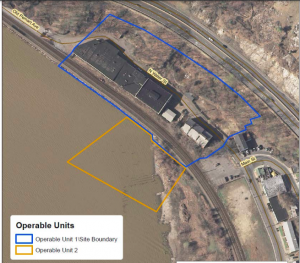
According to Ken Kaiser, Con Edison’s Director of Environmental Health and Safety Remediation Group, Con Edison has an obligation to remediate the site because its predecessor company left contaminated soil in the area. Kaiser spoke at Monday’s Common Council Committee of the Whole meeting. The project involves digging up the soil from the site on the east side of North Water Street and bringing it across the street to the municipal parking lot that they are leasing from the city, where engineers will literally squeeze contaminated water from the soil inside a large temporary shelter. Employees will then transport the soil off site for disposal. The area where the digging occurred is back filled with clean soil.
In the process of manufacturing gas, coal tar was released. According to Kaiser, it looks like tar that is used for street repairs. When gas was being created at the site, the residual coal tar was sold as a secondary product. That coal tar found its way into hair and skin conditioning products, said Kaiser. As a result of the manufacturing process, coal tar spilled into the ground. And that is what is being cleaned up.
According to a DEC Fact Sheet, the primary contaminant of concern is MGP-related coal tar and associated compounds including benzene, toluene, ethylbenzene, xylenes (BTEX) and polycyclic aromatic hydrocarbons (PAHs).The cleanup in Operable Unit 2 (outlined in yellow) will see construction of a subsurface barrier wall to prevent migration of remaining coal tar that exists beneath the streets, structures and railroad tracks in Operable Unit 1 (area outlined in blue); collection wells installed behind the wall to remove coal tar from the subsurface; dredging of approximately 10,000 cubic yards of tar-impacted sediment; placement of backfill meeting criteria for use in the river, which includes an engineered cap in areas where contamination will remain.
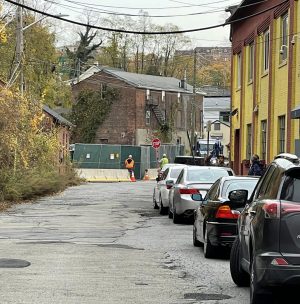
The City of Peekskill is being compensated $5,000 per month by Con Edison for the use of the parking lot, along with a $20,000 payment because the company is removing 12 trees from the work site. In addition, Con Edison will mill, pave and stripe the parking lot upon completion of the project. At the November 22nd Common Council meeting, the Council will vote on an amendment about the trees to their June 2021 license agreement with the utility.
Kirk Moldoff contributed images for this story.


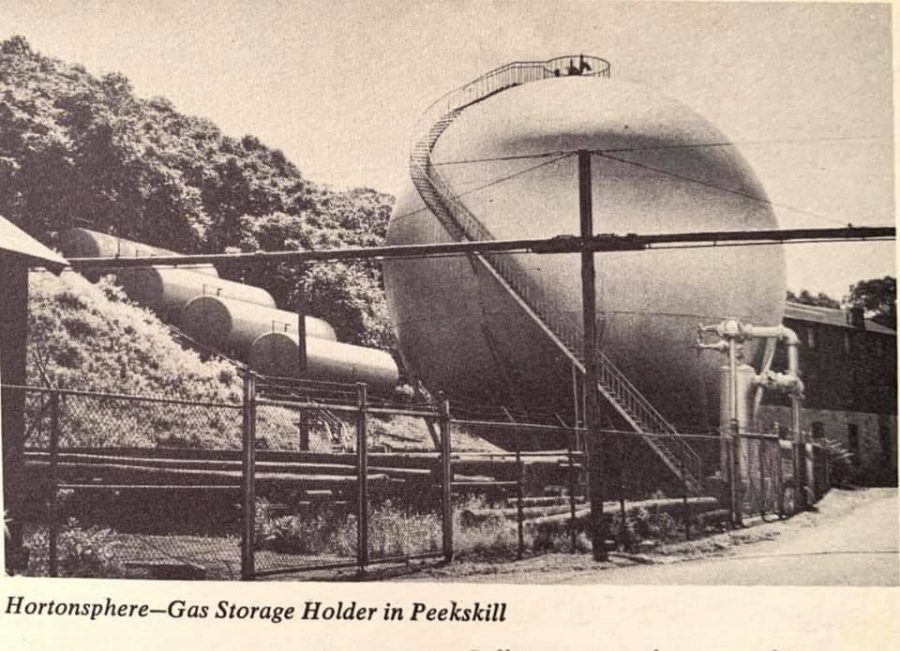
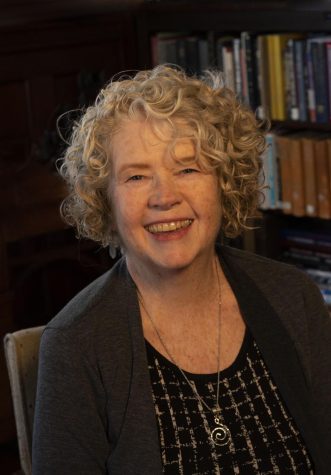


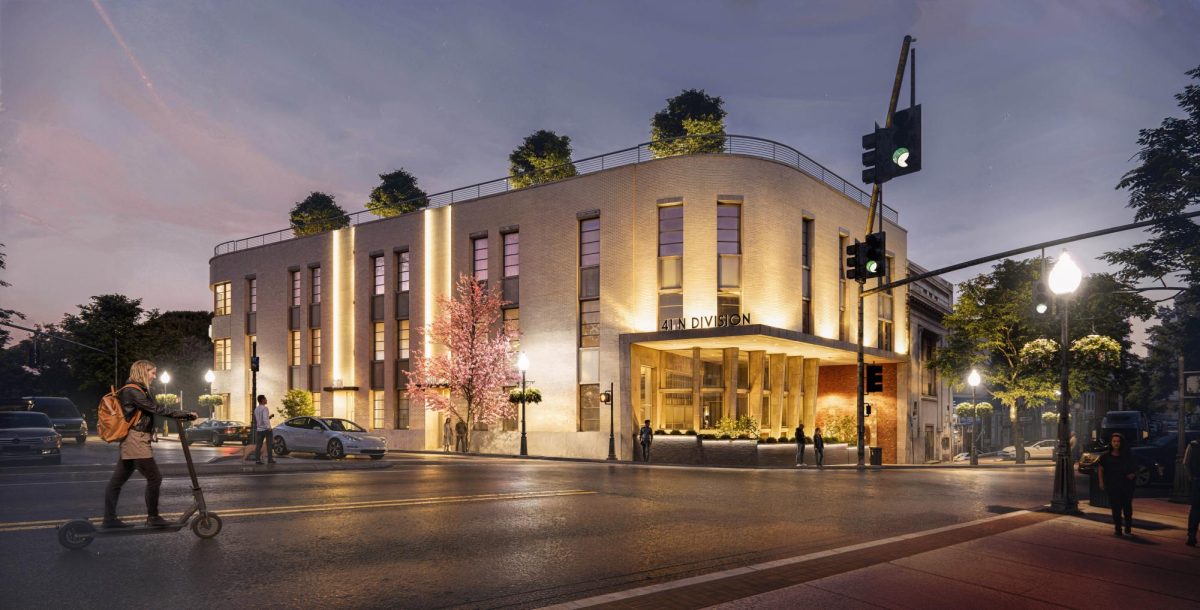


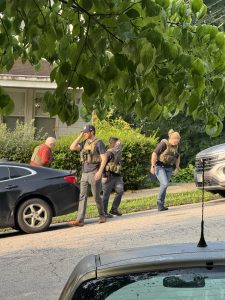


![The fireworks display over the Hudson River will be visible from Riverfront Green Park and the waterfront area. (Peekskill Herald)]](https://peekskillherald.com/wp-content/uploads/2025/07/Fireworks-e1751375539105-288x300.png)
